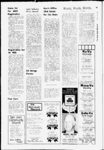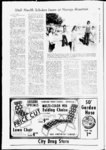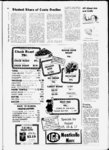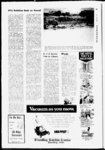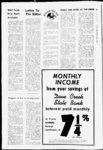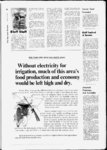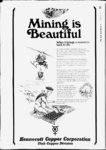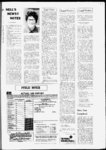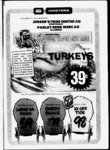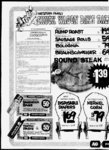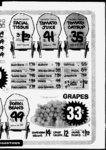San Juan Record | 1974-08-15 | Page 4
| Type | issue |
| Date | 1974-08-15 |
| Paper | San Juan Record |
| Language | eng |
| City | Monticello |
| County | San Juan |
| Rights | No Copyright - United States (NoC-US) |
| Publisher | Digitized by J. Willard Marriott Library, University of Utah |
| ARK | ark:/87278/s60k70cz |
| Reference URL | https://newspapers.lib.utah.edu/ark:/87278/s60k70cz |
Page Metadata
| Type | page |
| Date | 1974-08-15 |
| Paper | San Juan Record |
| Language | eng |
| City | Monticello |
| County | San Juan |
| Page | 4 |
| Reference URL | https://newspapers.lib.utah.edu/ark:/87278/s60k70cz/24686970 |

